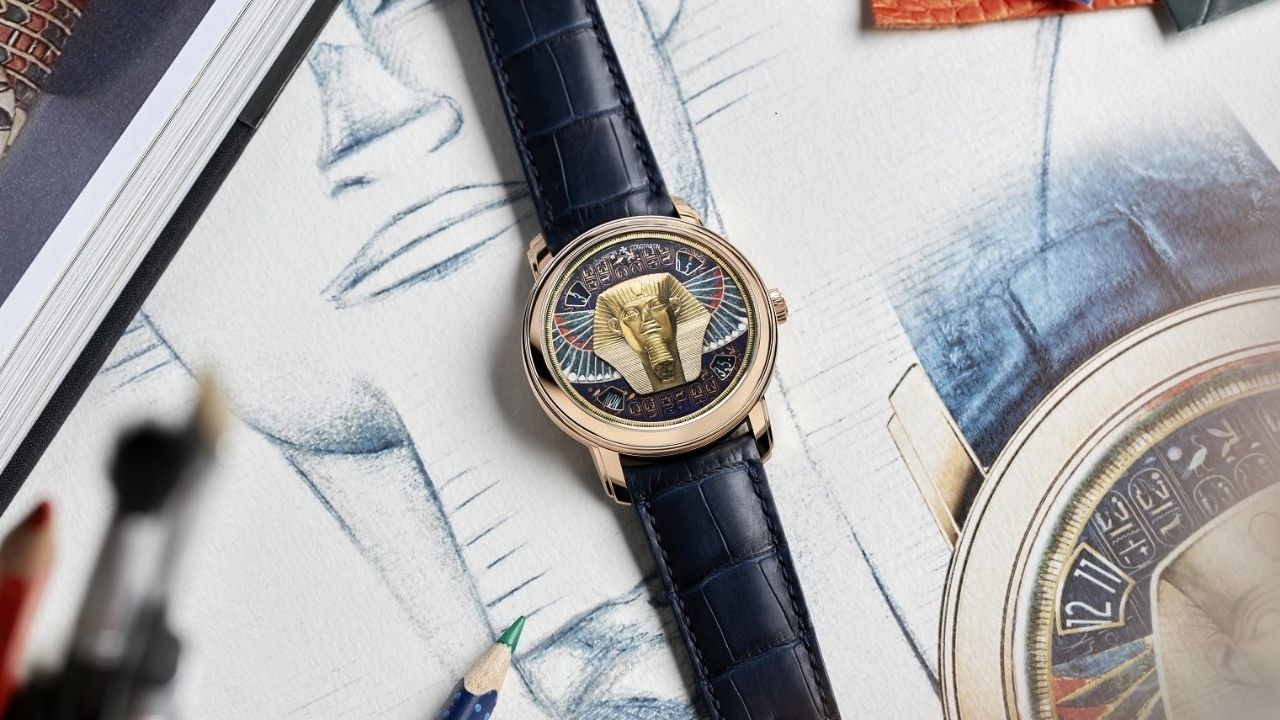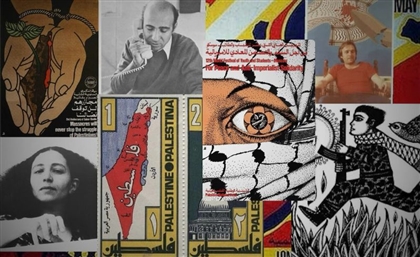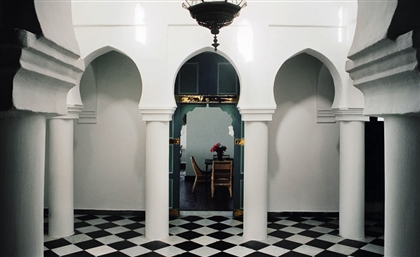The Louvre & Vacheron Constantin's Luxury Watch Pays Tribute to Egypt
This intense collaboration between historians and curators produced a luxury watch collection called Métiers d’Art, which includes a depiction of the Great Sphinx of Tanis.

Ancient Egypt serves as one of the historical anchor points that drove Vacheron Constantin - a watchmaking Maison founded in 1755 – to partner with the Louvre. This intense collaboration between historians and curators produced a luxury watch collection called Métiers d’Art, which includes a depiction of the Great Sphinx of Tanis as part of a tribute to ancient civilizations.
The Maison developed a series of four timepieces based on the museum’s ancient collections, representing the Persian Empire of Darius the Great, Hellenistic period of Ancient Greece, the rise of Augustus, the first Roman emperor, and the Pharaohs of the Egyptian Middle Kingdom.
On less than 40 mm diameter dials, ornamentations inspired by the decorative arts of corresponding periods were embellished with written elements that preserved the original composition of these timepieces and delivered a fascinating watchmaking spectacle commemorating these great icons of history.
The City of Tanis was the capital of all Egypt, and its Great Sphinx is one of the largest sphinxes preserved outside Egypt. Arriving at the Louvre in 1826, the Sphinx is a hybrid of a recumbent lion’s body and a human head wearing the Nemes – the royal headdress – as well as the beard worn only by sovereigns. This fabulous figure expressed the power of the Pharaohs during their golden age. Today, the city is an open air museum after being excavated from under the sands within which it was buried for thousands of years.
The talents of Vacheron Constantin’s master artisans resulted in a collection that offers a unique opportunity to travel through time and space, rediscovering certain chapters of history through a rather particular medium; your wrist.
- Previous Article Dr.Sisilove or How (Not) To Diffuse A Bomb
- Next Article You Can Now Shop Odd Behaviour’s Egyptian Prints on a New Website
Trending This Week
-
Apr 23, 2024
























